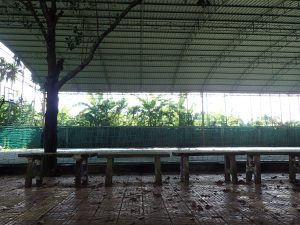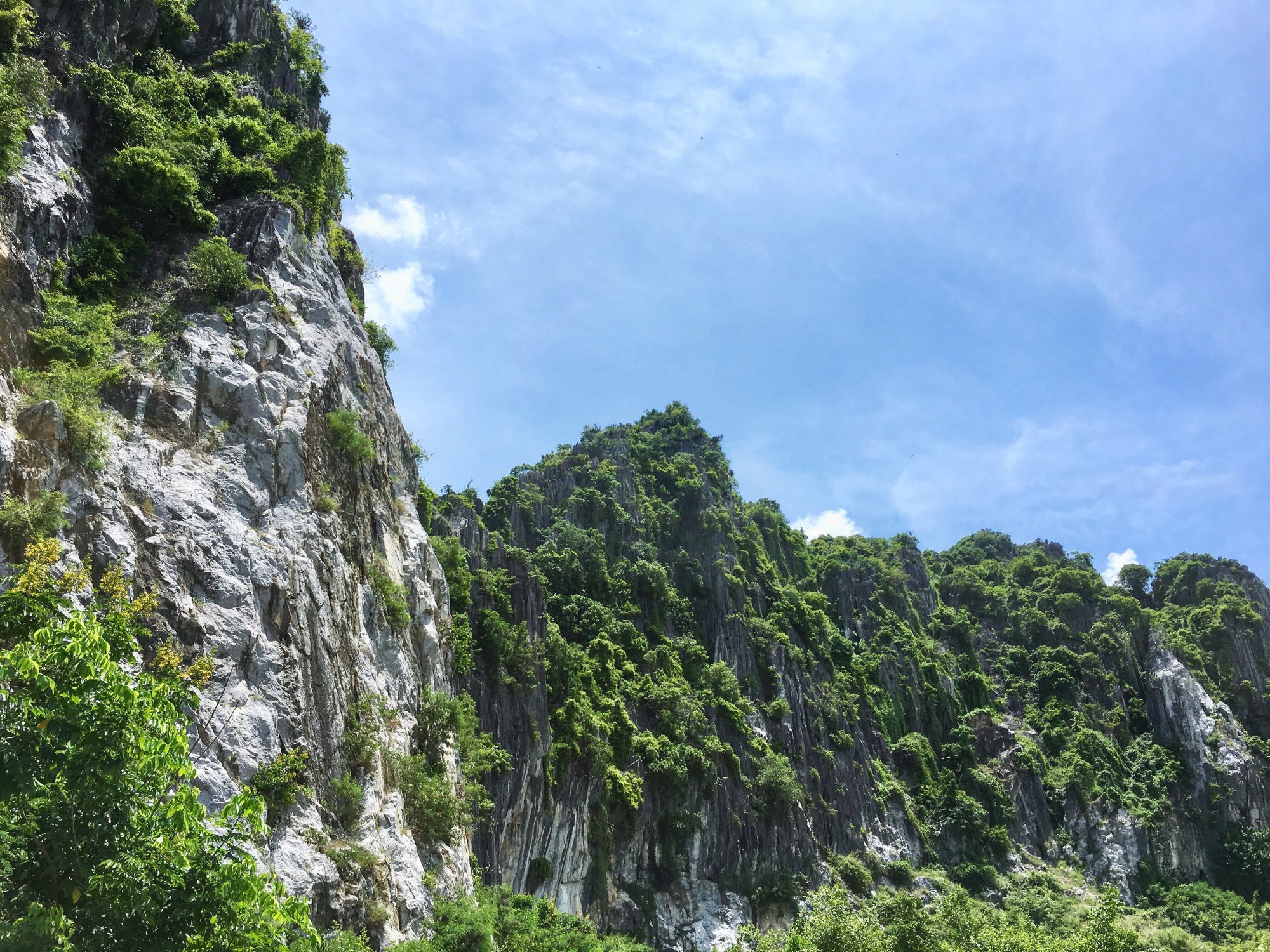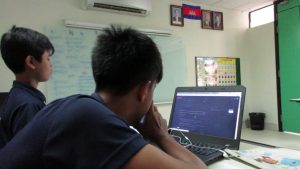
If you read my “About Me” page, then you would know the things I enjoy doing regarding photography and writing. The three things we focused on this round were the Pixar Story Structure, Photography Basics, and Videography Basics.
We started the round off by learning about Pixar’s story structure and then using them to create our very own stories. The way I look at the story structure is that it’s divided into 5 main parts which goes in the following order, Once upon a time, Everyday, One day, Because of that, and Until finally. These parts have names that are explanitory to what they each do. The first three parts are the introduction and then the problem or event comes in, and that builds up until the “Until finally” which is obviously the concluding point of the story. Now, you probably know that I love writing and that fiction stories are my favorite to write. Using this story structure, I created my own story which was based off another story, or project as I’d call, I wrote in year 1. But the story was too long, so I ended it with a cliffhanger. At the end of class that day, we shared our stories and identified the story structure. You can find the story at the end of this post and feel free to leave comments or suggestions in the comments. I personally enjoyed “rewriting” the story.


Moving on, photography. We learned the basics of photography. It included the exposure triangle and types of camera shots. The exposure is made out of three smaller parts, aperture, shutter speed, and ISO. Our facilitator explained to us what they each do and how it affects our photos. We learned about (probably all) the types of camera shots and how we are supposed to take them. Not only did we learn about them, but we were also given chances to try taking those shots ourselves. There was a scavenger hunt. We were required to take the types of shots we were taught and that was fun.
On the last week of multimedia this round, we acquired some knowledge (a dramatic word choice, I know) of videography. Basically, we learned how to properly take videos, two types of microphones, how to use them, A-rolls and B-rolls. Being steady, zooming and panning correctly, were all key parts to taking great videos. The two types of microphones we learned about were the shotgun and the lavalier microphones. We learned on how to set them up and discussed on which one to use in certain situations, which one was good for interviews and which one was good for other things. After learning what A-rolls and B-rolls are, we watched videos and identified them. Like the photography basics lesson, we practiced.
It was a great round as always. I loved learning about photography and videography as well as Pixar’s story structure and practicing the skills we were taught on our own.
Link for the story I wrote: http://bit.ly/2QBwmU2






